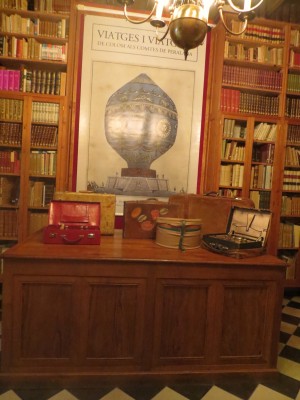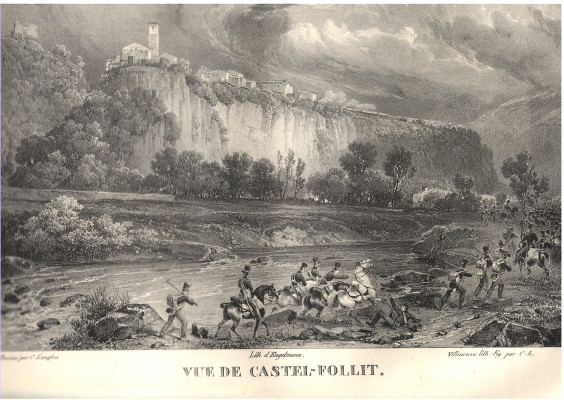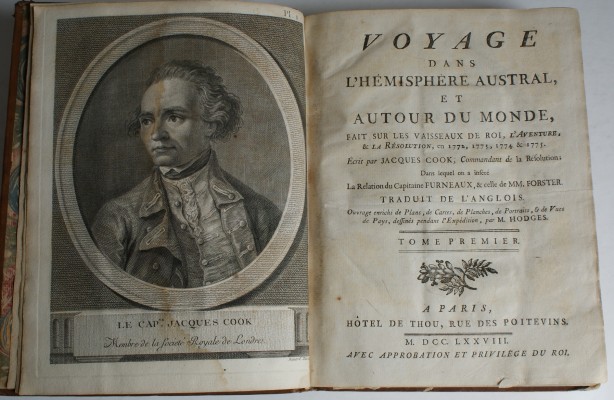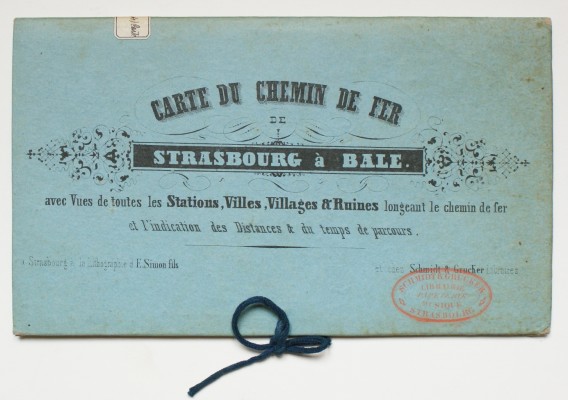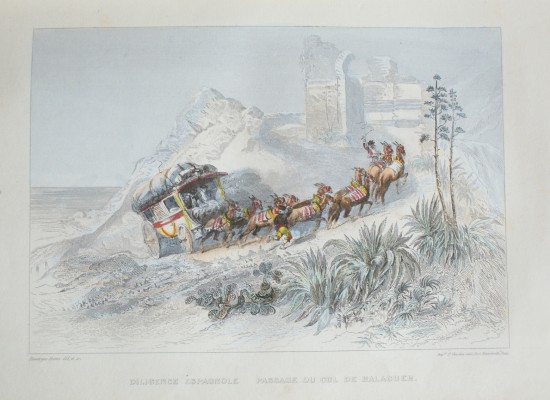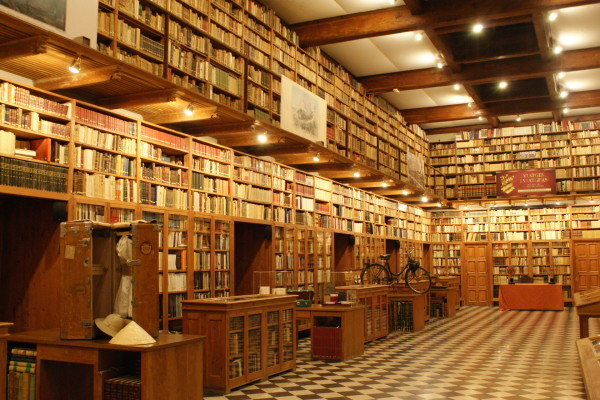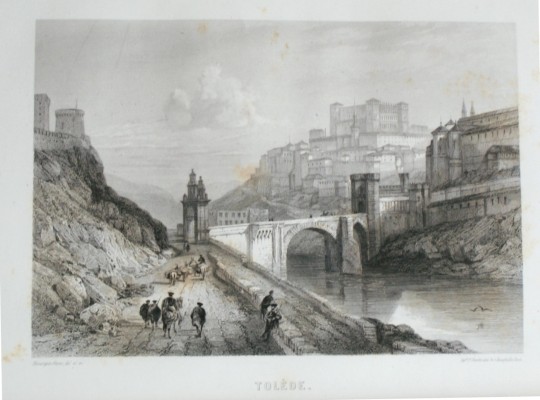TRIPS AND TRAVELERS: FROM COLUMBUS TO THE COUNTS OF PERALADA
Trips are the result of an interest, a curiosity, often with a professional or philanthropic end; on the contrary, they can also be spurred by predatory or rapacious objectives. Consequently, human beings have discovered new continents and expanded their geographic, cartographic, botanical, gastronomic, medical, religious and folkloric knowledge. Travel literature is an extremely broad genre that has evolved through history. As Spanish philosopher Ortega y Gasset used to say, “I am myself and my circumstances”; hence, each story is determined by the narrator and by his/her experiences and prejudices. And for the same reason, there are fervent followers of Murray- or Baedeker-type travel guides that limit themselves to citing the places to visit, without making any personal observations or assessments.
In keeping with our past exhibits, this exhibition is made up of the Castle’s own bibliographic and museum holdings. It embraces a period that ends in the 19th century, coinciding with the major advances in transport, communications and in printing techniques, with the advent of the photograph. It was in this era that the individual loses his/her fear and set out in search of the unknown and the exotic. It was then that the first travel guides were published and photographs were printed in the form of postcards. And it was also in this period that the last members of the saga, Rocabertí-Dameto Antonio, the Count of Zavellà, and Tomás de Rocabertí, the Count of Peralada, and their uncles, Juan and Ignacio Dameto, returned to Perelada. This exhibit will give us insight to their “loco-mobile” nature, as they dubbed themselves, through some of the tourist destinations that they visited; and we will also get to look over the guide books they purchased.
For this exhibition, a bibliographic selection was made from among approximately one thousand volumes, most of which had been purchased by the last members of the saga. The result is a display including more than one hundred different volumes.
It is likely that many discoveries would never have taken place had the projects not been supported by monarchs. By way of example, we need only consider the discovery of the New World by Christopher Columbus, who was backed by the Catholic Monarchs of Spain; the scientific voyages of James Cook (in the 18th century) under the auspices of the Royal Society; that of Alexandre de Laborde (19th century), which was impelled by Manuel de Godoy, a Minister of King Charles IV of Spain, and the scientific expedition into the eastern Mediterranean headed by Juan de Dios Rada Delgado aboard the frigate Arapiles, which was paid for by Amadeo de Saboya.
Foreign travelers around the world are also very well represented in this exhibition, as is the case of the Voyage Pittoresque, by Montreal’s Jacques Grasset de Saint- Sauveur. Spain is also widely described, in works such as Travels through Spain by Henry Swinburne, L’Espagne by Charles Davillier with magnificent illustrations by Gustave Doré, and Pau Piferrer’s Recuerdos y Bellezas de España. Moreover, Catalonia receives its share of attention in works which include the anonymous manuscript of a 16th-century Franciscan monk, titled Peregrinació de la Ida de Cathaluña. Not to be forgotten are the Balearic Islands, which are celebrated in the book by J.B. Laurens, Souvenirs d’un voyage d’art a l’Ile de Majorque. Other works include the odd experiences of the first non-Muslim Spaniard who visited the Mecca, the Catalonian Domènec Badia Leblich, who became known as Ali Bei el-Abbasi. Equally interesting are the explanations given by literary writers such as Alexandre Dumas, Arthur Andersen and Jacint Verdaguer, as well as the fantasy travel literature.
Special mention must also be made of the travelers who were driven by religion, showing a preference for the Holy Land.
As to the women travel authors, despite their sporadic presence, this exhibit does not leave out travelers such as George Sand (the pseudonym of Amandine Dupin, 1804-1876) and her impressions of Mallorca, the writings of Madame d’Aulnoy, whose maiden name was Marie-Catherine Le Jumel de Barneville (1650/51-1705), and the Austro-Hungarian writer Irene de Suberwich (19th century), who wrote under the pseudonym Manuel de Cuendías. One fascinating point about works of these last two writers is the great controversy that they generated, as their accounts were classified as fictitious descriptions.
We must also mention the spas, which in the 19th century virtually became the hubs of fashion, social exchange and recreation, where wealthy classes mixed leisure with therapeutic vacation time. These backdrops include Vichy, Pau, Baden or the Banys de la Mercè in Capmany, among others.
Also reflected are the main means of transport through the centuries, as well as the constant setbacks that took place during the trips, which were often caused by pirates, thieves and bandits.
Special attention has additionally been placed on the illustrations that accompany the writings, which in many cases were the results of the art work of the narrators themselves or of professional illustrators who accompanied the authors on their journeys, in order to reflect with greater precision the images of the places visited.
Inés Padrosa Gorgot
Librarian

